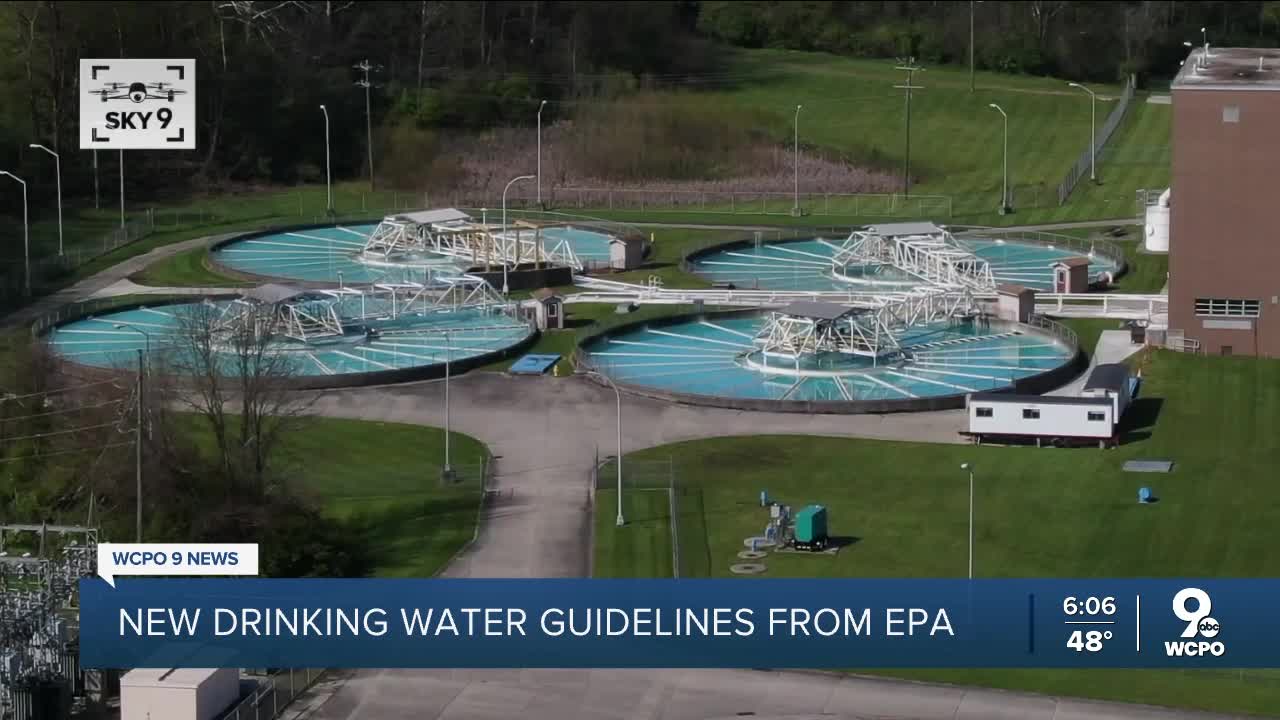CINCINNATI — The Ohio River Valley Water Sanitation Commission known as ORSANCO plans to study PFAS, also known as forever chemicals, every five years.
The organization started researching PFAS levels in the river in 2020, receiving financial support from the U.S. Environmental Protection Agency that helped them complete the complex study in two years.
"We recognized that PFAS is a chemical of emerging concern and it was something we didn’t have a lot of information on for the Ohio River," said ORSANCO Executive Director Richard Harrison.
Harrison said they detected these forever chemicals in the Ohio River.
"We were able to find is that certainly there were PFAS chemicals in the Ohio River. The particular method that U.S. EPA used the analytical method looked for 28 different PFAS chemicals and we found a number of those in the river," Harrison said.
ORSANCO used a cross-sectional method called Equal Discharge Increment Sampling to test the water. They sampled the water at various locations and different depths.
"In designing the project, we actually worked at 20 different sites along the Ohio River every 50 miles and we developed that statistically, so we could repeat it in the same places roughly every five years," he said.
The goal was to get more information about PFAS in the Ohio River.
"Having a good baseline like we’ve developed with this project is really imperative and then it allows us through time to be able to take additional measurements to make sure that what’s being done is working and that the chemicals are actually decreasing in concentration," Harrison said.
The U.S. EPA proposed a change to drinking water standards. They want to lower the maximum contaminant level of PFAS in drinking water. The proposal is the first of its kind, and the EPA said it will make communities safer.
PFAS is a man-made chemical that has been used in consumer products since the 1940s. They can be found in water-resistant clothing, stain-resistant fabrics, nonstick cookware and firefighting foam.
Harrison noted the highest level of PFAS detected in the river during the study was 12 parts per trillion. When it comes to drinking water, the EPA would like to lower those levels for those six compounds to 4 parts per trillion.
Greater Cincinnati Water Works said treated water from the Bolton plant will need some adjustments if this rule gets finalized.
In a letter to the Cincinnati City Council, GCWW said in part, "Because some of these detections are slightly above the proposed MCLs, GCWW will need to install additional treatment measures at this plant if the proposed rule is made final."
They further stated no adjustments will need to be made at the Richard Miller Treatment Plant.
Water Works plans to increase PFAS monitoring at both plants. They also received a grant to help monitor activity and buy new analytical equipment to better identify and track PFAS contamination sources.
Harrison noted their current data says people shouldn’t be worried about PFAS in the Ohio River.
“I don’t think there’s reason for concern from our data although we don’t have the context yet,” said Harrison.





